Mr. Robbie Antonio moves in long strides across the hotel lobby while tapping swiftly on his iPhone. In less than a minute after he greets me at the Mark Hotel bar in Manhattan he has summed up his company’s value proposition. There are five main points. Speed is number three. “We produce homes in about two months as opposed to two years,” Mr. Antonio announces.
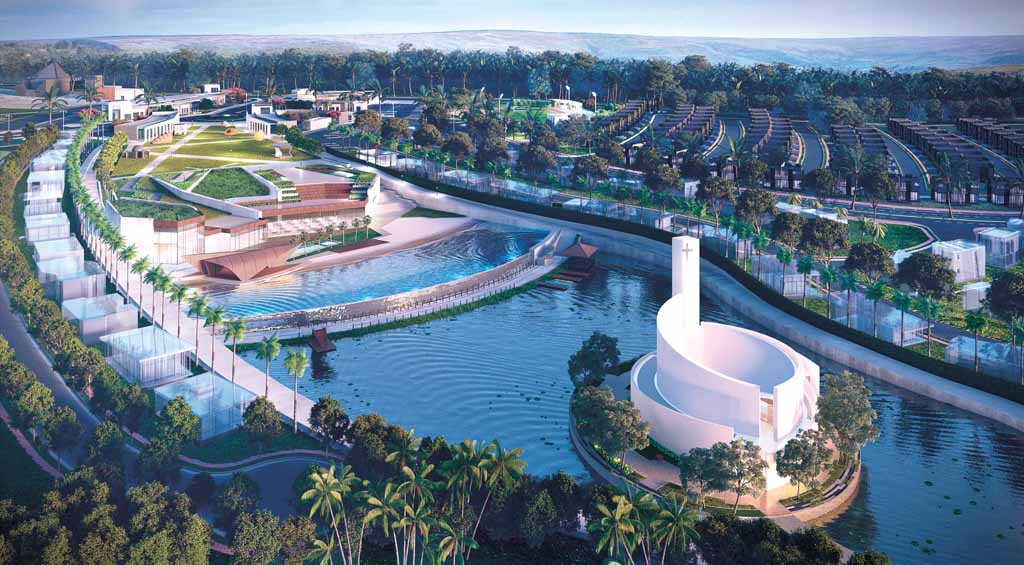
Antonio’s company, Revolution Precrafted, supplies prefabricated designer homes to developers and landowners – many conceived by design heavyweights like Zaha Hadid and Marcel Wanders – at a fraction of the cost of conventional properties. “I always say you can have a Pritzker Prize designed house for under $100,000,” he says. (‘Accessible price points’ is proposition number two).
In addition to bringing prefab homes to the international market, Revolution Precrafted has also started introducing replicable concepts for lifestyle communities. The latest concept is a US$ 1.1 billion project in the Philippines billed as the world’s first “livable art park”.
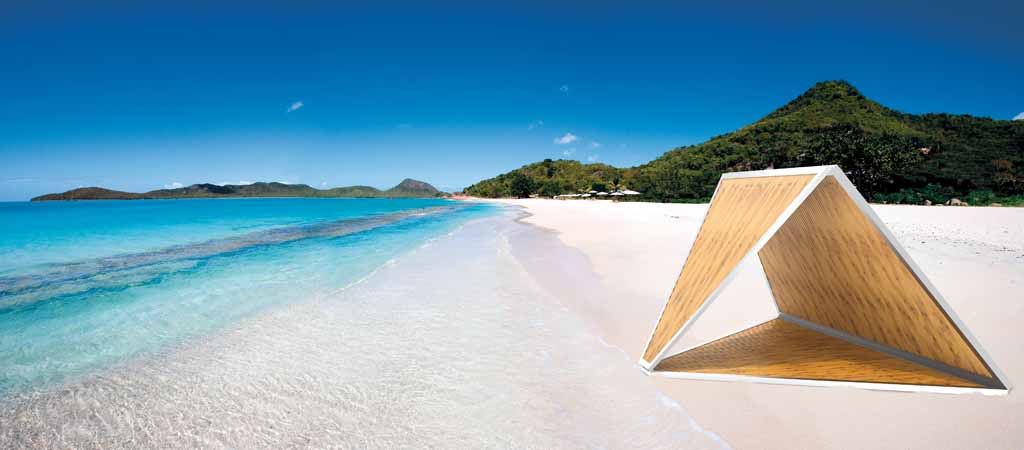
Located about ninety minutes from central Manila and spanning 142 hectares, Batulao Artscapes will include prefabricated home communities, as well as four themed museums designed by four different architects, all of whom are Pritzker Prize laureates.
There’s the Revolution Museum for Design and Architecture by Christian de Portzamparc (who designed Cité de la Musique in Paris), the Revolution Museum for Visual Arts by Jean Nouvel (who recently completed the Louvre Abu Dhabi), the Revolution Museum for Art and Technology by US-based Philip Johnson/Alan Ritchie Architects, and the Revolution Museum for Performing Arts by Japan's Tange Associates.
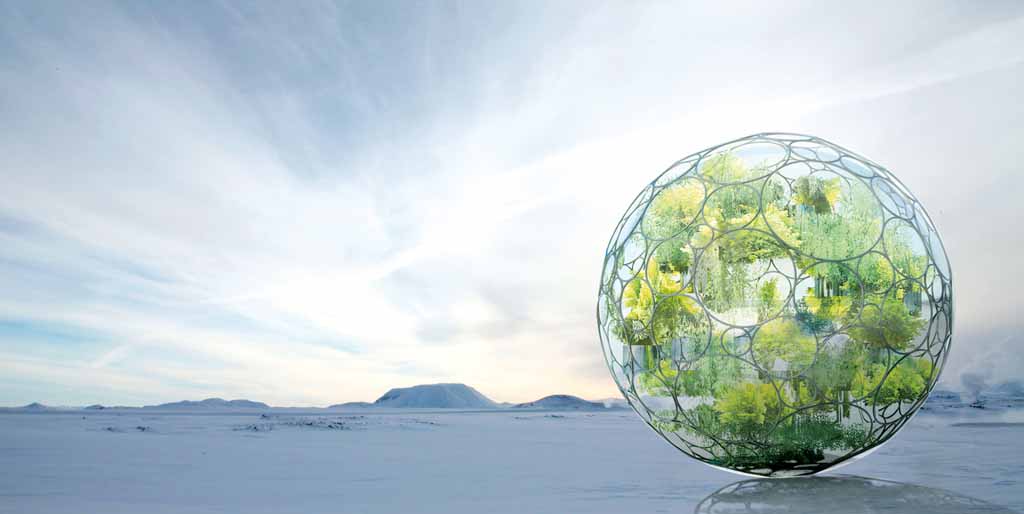
“I was inspired by other areas of the world where their were art islands or museums...you could stay there for the weekend; but I said how about if you actually live with this culture, live with this art,” Mr. Antonio says.
Living with art is, of course, something he knows a fair bit about. An avid collector of contemporary art, Mr. Antonio owns work by various blue chip artists like Jeff Koons, Damien Hirst and Francis Bacon. He has also commissioned a series of self-portraits by contemporary artists, including Julian Schnabel, Marilyn Minter, David Salle and Zhang Huan that hang in a special private gallery at his Manila home.
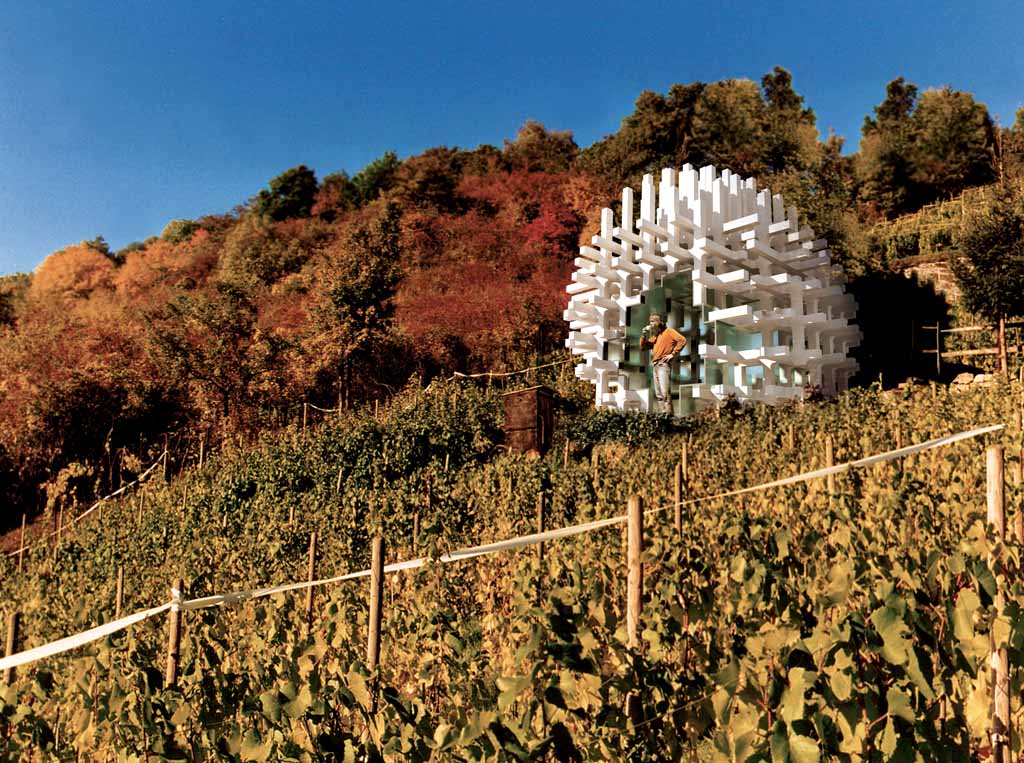
Buyers at Batulao won’t be living quite as intimately with contemporary masters – and the contents of the galleries haven’t yet been confirmed – but Antonio believes the on-site museums will be a welcome amenity for art lovers. Places such as Naoshima Island in Japan, or Inhotim art par in Brazil have become cultural meccas, but he says they are difficult to reach. “At Batulao you can breathe mountain air and experience a Jean Nouvel design without having to go to all the way to Abu Dhabi.”
Those looking for chic weekend retreats or retirement properties can consider prefab designer homes by Berlin’s Studio Libeskind, French-Brazilian architect Elizabeth de Portzamparc, Pelli Clarke Pelli, LA-based Marmol Radziner, style icon Daphne Guinness and even ‘90s rock star Lenny Kravitz. Local Filipino designers include Eduardo Calma, Kenneth Cobonpue and Budji+Royal Architecture + Design. Model homes by Cobonpue and de Portzamparc are already complete and on site.
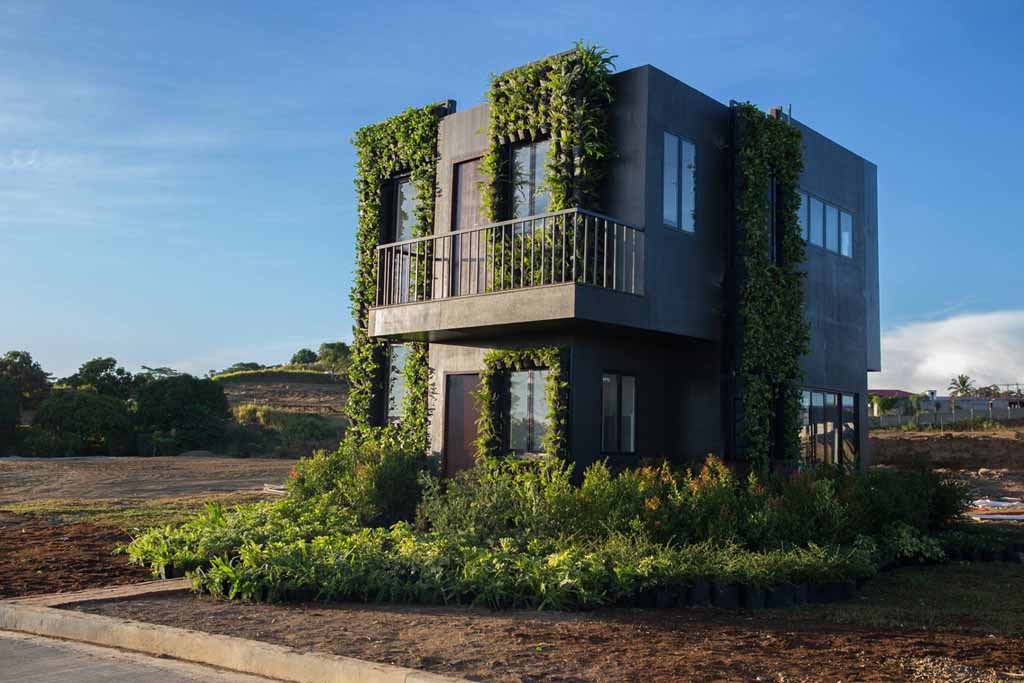
Sports facilities, a floating chapel, and a man-made lake and beach are also included in the master plan along with a series of proposed art hotels. Target buyers for the project include local Filipinos and foreign buyers from around the region: China, Korea and Japan. “Our prices start from about US $50,000, and that drives a lot of people,” Mr. Antonio says.
Just like the pre-crafted homes, the on-site museums are also designed to be adaptable. “It’s like Lego. You can have several boxes or 20 or 25. We like to call ourselves the Ikea of home building to test the foundations, and really show the malleability of these structures depending on the usage. It doesn’t have to be a museum. It could also be a library.”
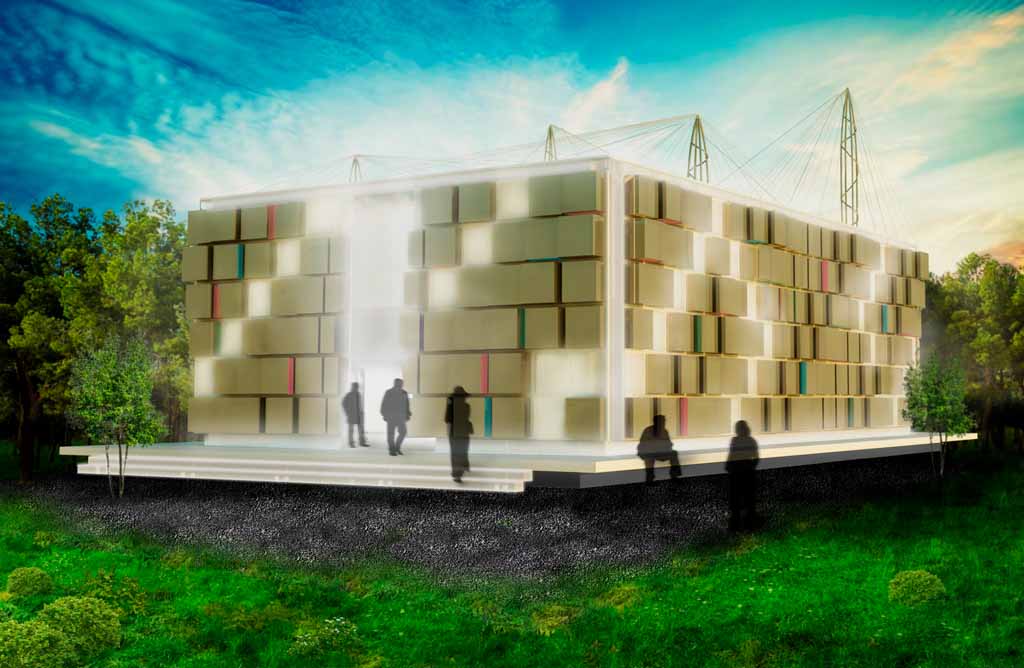
And if a developer elsewhere in the world wants a museum, the structure is easily replicable. Portable and prefabricated museum structures could bring cultural significance anywhere in the world, particularly to areas that lack art institutions altogether. For less than $1 million, an aspiring Eli Broad could build their own institution in as little as six months with a prefab museum, compared to the five years and $140 million it took to build The Broad in Los Angeles.
Mr. Antonio’s idea for Revolution Precrafted, which launched in 2015, came about when Antonio commissioned celebrated Dutch architect Rem Koolhaas to design his home in the Philippines and realized there was a wealth of opportunity in working with award-winning architects to create upscale, but easily accessible living spaces, similar to how street brands were collaborating with high fashion designers.
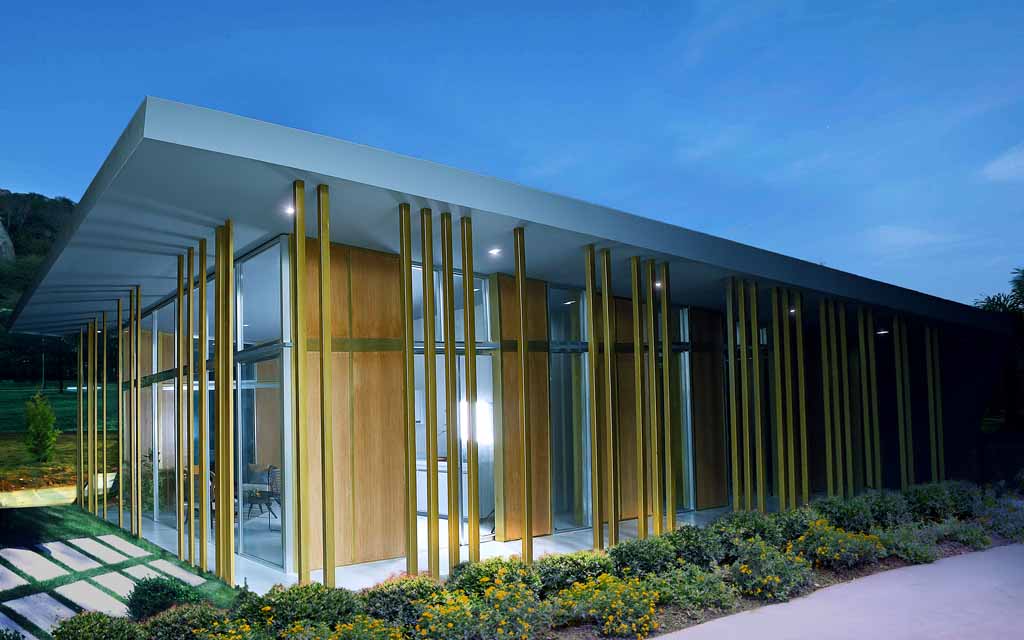
Previously, Antonio managed day to day operations at Century Properties, the publicly traded real estate company founded by his father (and valued at roughly half a billion dollars), which is known for branded luxury towers like Manila’s Trump Hotel and Armani’s Century Spire. But he eventually lost interest in the asset and capital-heavy model. “I came from the real estate world but I wanted to really change it,” he says. “I wanted to be global in reach and prefab was the means to that end.”
So far, Antonio has collaborated with around 70 international designers on the homes, many of which are minimal and modular in design. The homes and pavilions are built at fabrication plants in Europe, the Middle East and South East Asia and already supply an expanding list of global developments. In recent months Revolution has added The World Islands in Dubai, Okkyin in Myanmar, Novo Development in the Caribbean and Okinawa Japan to its list of big-ticket projects.
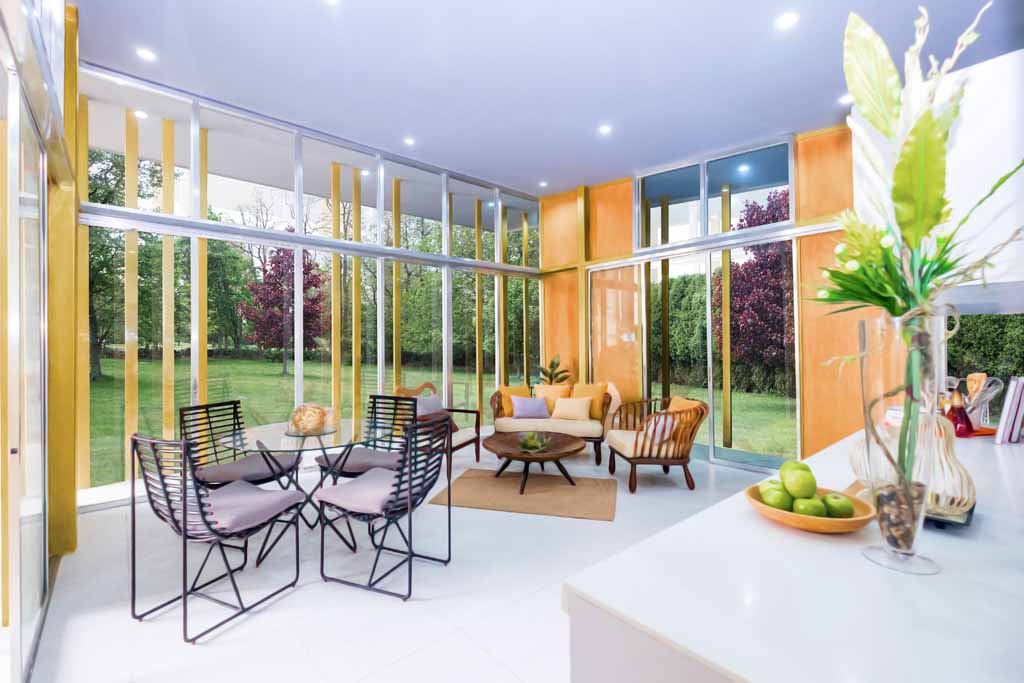
Shortly before our Manhattan meeting, Mr. Antonio signed his latest new deal, a partnership with Puerto Rican developer Grupo Cacho that will supply the commonwealth with more than 2,000 prefabricated residential villas, including areas hard hit by Hurricane Maria in 2017.
Though not included in Antonio’s five-point pitch, prefab homes – fast, affordable and easy to replicate – are ideal for disaster relief efforts. From a development perspective, this also make them well suited for developing countries that are rich in land and short on housing. And Antonio remains set on expanding his global reach, including to countries in South America and Africa, as quickly as possible. “The important thing for Revolution is to be present in 20-35 countries this year; 50-55 next year; and 85 the year after. We have to sign, announce and execute two countries per month.”
With global demand for housing continually outstripping supply, the future does indeed looks bright for prefab home market. But regardless of how speedily these homes are supplied, only time, of the prolonged and plodding kind, will reveal how the design concepts and the homes themselves hold up.


















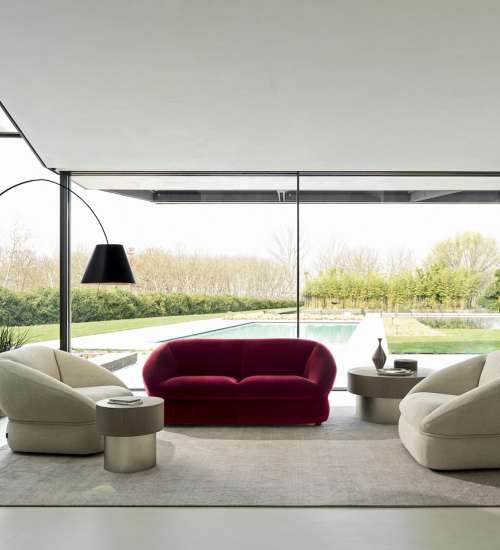
 Back
Back
